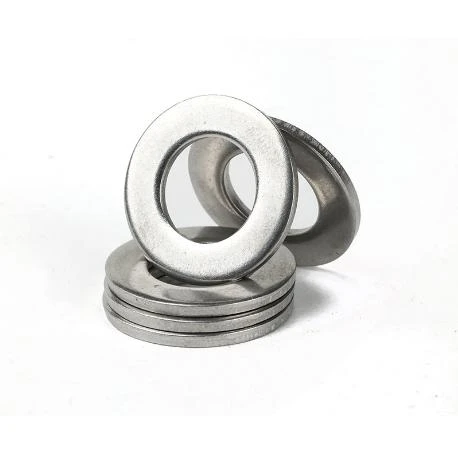

Choosing the Right Anchor Bolts for Steel Structures and Their Applications
Okt . 11, 2024 22:14 Back to list
Choosing the Right Anchor Bolts for Steel Structures and Their Applications
Anchor Bolts for Steel Structures Essential Components for Structural Integrity
Anchor bolts are critical components in the construction of steel structures, playing a crucial role in securing and stabilizing various structural elements. These bolts are typically embedded in concrete foundations and provide the necessary connection between the steel framework of a building and its foundation, ensuring structural integrity and safety. This article will explore the importance, types, design, and installation procedures of anchor bolts in steel structures.
Importance of Anchor Bolts
The primary function of anchor bolts is to resist various forces that can act on a structure, including tension, shear, and moment loads. In steel structures, these forces arise from factors such as wind, seismic activity, and the weight of the building itself. Properly designed and installed anchor bolts prevent structural failure by ensuring that the steel framework remains securely attached to its foundation, thereby enhancing the overall durability and longevity of the structure.
Moreover, anchor bolts are essential for maintaining the alignment and stability of steel columns and beams. They ensure that the connections remain intact under different loading conditions, thus playing a vital role in the safety of the entire structure. Whether used in high-rise buildings, bridges, or industrial facilities, anchor bolts contribute to the performance and reliability of steel construction.
Types of Anchor Bolts
There are several types of anchor bolts used in steel structures, each designed for specific applications. The main types include
1. L-Shaped Anchor Bolts These bolts have an L shape and provide a solid connection between the foundation and the steel structure. They are often used in cases where a large load is anticipated.
2. Straight Anchor Bolts Also known as post-installed bolts, these are straight rods that can be set into concrete after the concrete has cured. This flexibility allows for adjustments in placement and alignment during construction.
3. J-Bolts These resemble the letter J and are embedded into the concrete while it is still unset. They provide excellent holding strength and are commonly used in industrial settings.
4. Epoxy-Coated Anchor Bolts These are designed to resist corrosion in environments where exposure to moisture or chemicals is a concern. The epoxy coating helps to prolong the lifespan of the bolts.
anchor bolt for steel structure

Design Considerations
Designing anchor bolts requires a thorough understanding of the loads that the bolts will be subjected to, as well as compliance with building codes and standards. Engineers must consider factors such as the type of soil, the weight of the structure, and potential lateral forces when determining the size, length, and embedment depth of anchor bolts.
The American Concrete Institute (ACI) and the American Institute of Steel Construction (AISC) provide guidelines and specifications for the design and installation of anchor bolts. It is crucial for structural engineers to adhere to these standards to ensure the safety and effectiveness of the anchor bolt connections.
Installation Procedures
The installation of anchor bolts involves several steps to ensure their effectiveness and stability. Typically, the following procedures are followed
1. Site Preparation The area must be cleared, and the foundation forms should be set up according to the engineering specifications.
2. Positioning the Bolts Anchor bolts must be placed in their designated positions before pouring concrete. Accurate placement is critical for maintaining alignment and load capacity.
3. Pouring Concrete Once the anchor bolts are positioned, concrete is poured into the forms around them. Care should be taken to eliminate any air pockets that could compromise the bond between the bolts and the concrete.
4. Curing Allowing the concrete to cure properly is essential for achieving the desired strength before any structural loads are applied.
In conclusion, anchor bolts are indispensable components in the construction of steel structures. Their design, type, and installation are crucial to the safety and integrity of a building. Investing time and resources into the proper selection and installation of anchor bolts can significantly enhance the performance and durability of steel structures, ensuring they withstand the test of time and environmental challenges.
Latest news
-
Similarities and Differences Between Plain Washer and Spring Washer - Fastener Comparison Guide
NewsJun.10,2025
-
Effortless Installation Self-Drilling Window Screws - Fast, Secure, and Durable Fasteners
NewsJun.10,2025
-
Self Drilling Stucco Screws for Fast, Secure Installation Self Tapping & Self-Tapping Fasteners
NewsJun.10,2025
-
Premium Hot Dipped Galvanized Self Tapping Screws - Durable Corrosion Resistance
NewsJun.09,2025
-
Discover M12 Weld Stud Benefits & Applications Guide
NewsJun.09,2025
-
M25 Stainless Steel Washers High-Durability Fasteners for Corrosion Resistance
NewsJun.09,2025

